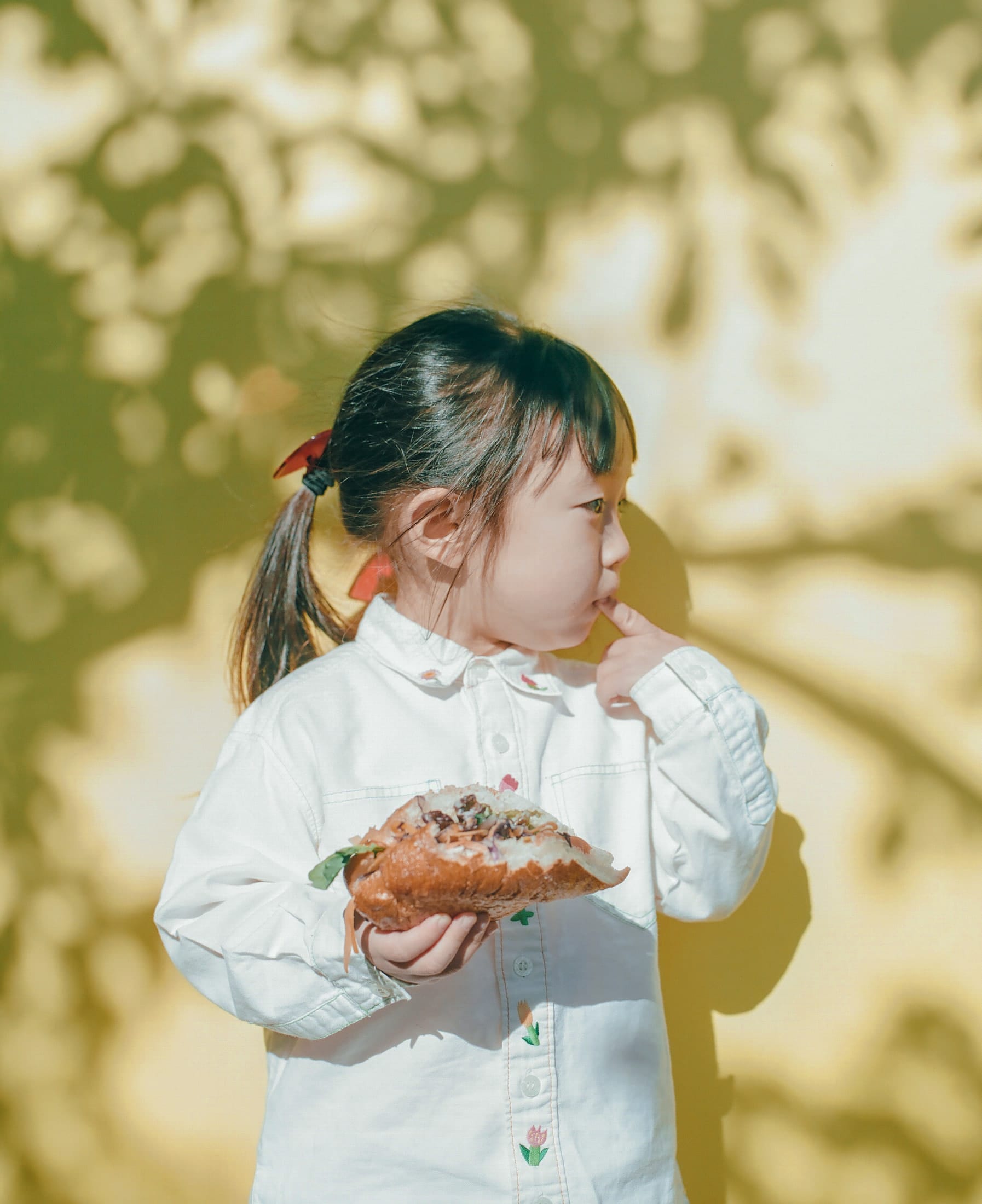
What we do
MEET BROWN SUGAR 1ST
First founded in Tokyo in 2011, BROWN SUGAR 1ST is a health food brand with a parent’s-eye view. We started small as a farmers market vendor and have since grown throughout Japan, expanding into the US in 2025.
All of our products our manufactured in a fair and environmentally friendly manner, and personally handpicked by Midori after she asked herself the question: Would I feed this to my own child?
The Story Behind the Founding of BROWN SUGAR 1ST
A Mother’s Realization: "We Are What We Eat"
Four months after giving birth to my first daughter, I made an eye-opening discovery—what I ate directly impacted the quality of my breast milk, my baby’s skin condition, and even her digestion.
Through this experience, I profoundly understood:
"We are what we eat."
However, as I looked around at the food industry, I saw a troubling contradiction:
"Healthy food doesn’t taste good."
"Delicious food isn’t good for you."
Why should people have to choose between health and taste?
I wanted to create snacks that brought out the natural flavors of real ingredients while being truly good for the body.
Without hesitation, I called my mother, who was a baking instructor, and together, we decided to start a small muffin business.
A Small Muffin Business with a Big Mission
I launched BROWN SUGAR 1ST at the farmers market in front of the United Nations University in Aoyama, Tokyo.
I worked with a local welfare facility, teaching people with disabilities how to bake muffins and pound cakes, which they then sold at the market. Business was going well.
But then, something unexpected happened—Japan was hit by the "Butter Shock" crisis.
Due to government-imposed production restrictions, butter supplies plummeted, making it nearly impossible for small bakeries like mine to secure any butter.
I thought, "There’s no way I’ll be able to get butter now. What should I do?"
Then, something even stranger happened.
When I reached out to a supplier, I was told:
"Actually, we can get you butter at an even lower price than usual."
Curious yet skeptical, I placed an order.
When the shipment arrived, it wasn’t pure butter.
Instead, it was a compound blend of butter and margarine, filled with trans fats and cheap industrial oils.
But what shocked me the most wasn’t just the product—it was what the supplier said next:
"Don’t worry, all the neighborhood bakeries use this and call it butter."
At that moment, I realized a painful truth:
Even something as simple as "butter" wasn’t always what it seemed.
And consumers had no idea.





